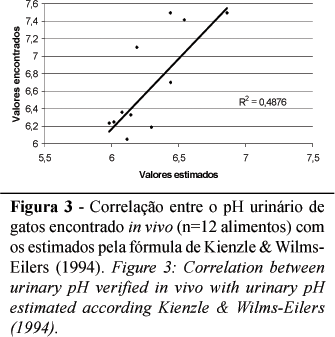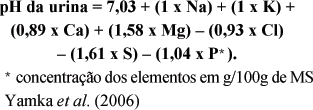During the assimilation and use of food process, the animals' organism can develop different metabolic responses. These responses results of complex integration mechanisms, involving the neuro-endocrine systems and organs activity, were being influenced, besides the diet, for the animal species, age, physiologic condition and corporal composition. In this paper will be discussed the physiologic importance and study methods of carbohydrates post-prandial responses, as well as the physiologic alterations induced by diet electrolytic balance. Amount, chemical composition and industrial processing of starch determine treat part of post-prandial glucose and insulin responses in dogs. In cats other mechanisms seem to be more important, including the ingestion of aminoacids. Besides of starch, the dietary fiber also alters the post-prandial response to food. For fiber, it should be considered its amount, solubility and fermentability in development of the diets. Study methods of these responses include glycemic and insulinic meal response test, and intra-venous glucose and arginine tolerance teste. Euglycemic clamp comes, also, as a study tool, however this information says more about the animal than the diet. The understanding of carbohydrates metabolic alterations is important in the study of satiation control, corporal composition and in several degenerative and endocrine diseases. The concentration and relationship among the macro-elements of diet (Na, Cl, K, P, Ca, Mg and S) and of sulfurated aminoacids (metionine, cistine and taurine) interfere in many organic functions, as cardiovascular, neuromuscular, bone, renal and lung metabolism, being reflected in organic hydro-electrolyte and acid-base balance. Of practical importance for dogs and cats are the relationship of these nutrients with heart diseases, kidney diseases, osteodystrophy and urolithiasis. The relationship among these macro-elements is established in mmol/kg of diet dry matter, being calculated its cation-anion balance (undetermined anion value). The organic responses is measured, among other methods, by the blood gas analysis, water balance, mensuration of extracelular and vascular spaces volumes, urine supersaturation and urinary pH.
carbohydrate; glucose; insulin; metabolism; pH; urine









